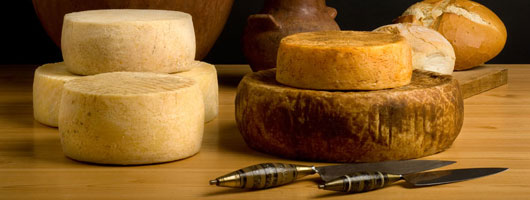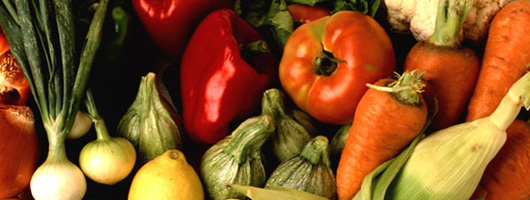In Guía the fiestas have a great deal of interest for tourists, in particular three of the principal fiestas of the municipality.
Among the most popular are the famous Fiestas del Queso (Cheese Fiestas), held in alternate years in the town centre of Guía and in Montaña Alta from the last week of April to the first days of May. The aim is to promote the most typical product of the municipality: el Queso de Flor de Guía (literally “flower cheese”). Festivities centred around this product include folklore, local sports, tastings of the cheeses and typical recipes.

La Fiesta de Las Marías, held on the third weekend in September, is considered the most important fiesta of the municipality. It goes back to 1811, when the residents promised to make an offering to the Virgin Mary every year after she answered their prayers and put an end to the plague of locusts that laid waste to the fields.
Procession-goers from all the areas of the municipality and the midlands go to the church, to the sound of drums and conch shell horns, to place fronds before the Virgin Mary. La Fiesta de Las Marías ends with a procession that includes a great deal of local colour and tradition.
During the first days of August there are also Las Fiestas de la Virgen held in Guía, in honour of the patron saint of the town, Nuestra Señora de Guía. The festivities are primarily religious, and the highlights are the events of El Día de la Patrona (the Patron Saint’s Day), the religious service and the procession, and in particular the ribbon race and the flower battle.
Among other events of significance are the Encuentro Nacional de Guitarra (National Meeting of Guitar Players) which is held in June or July, the Encuentro Nacional de Folklore (National Folklore Meeting), held in the first weeks of August as part of the local annual festivities and the Clínic Nacional de Árbitros (National Referees Clinic), which is generally held in the month of April.
After the conquest of Gran Canaria in 1483 the land was divided up, and Don Sancho de Vargas y Machuca received the ridge between the ravines of las Garzas and Guía.
The story of Guía began when Don Sancho planned to erect a church in honour of Santa María de Guía (Saint Mary of Guía). Construction of the church was completed in 1509, and this marked the emergence of Guía as a new urban settlement.
In 1526 Guía de Gran Canaria was segregated administratively from Gáldar in a decision which did not meet with the approval of the people of Gáldar. The first mayor of Guía was Fernando Alonso de la Guardia.
At the end of the seventeenth century the town was divided into two areas centred around the religious centres; the first of these was around the Chapel of San Roque, and the second was around the parish church of Santa María de Guía.
In the eighteenth century Guía attained one of the highest levels of development in economic, social and cultural terms, which brought about a dramatic increase in the population.
Santa María de Guía lies in the North of Gran Canaria. In the east it borders with the municipality of Moya; in the west it borders with Gáldar, sharing the Montaña de Guía- Gáldar which serves as a division between the two municipalities, and in the south the border is in the vicinity of the volcanic basin of la Caldera de Los Pinos, which also forms part of Gáldar.

The municipality has a surface area of 42.59 square kilometres, in the shape of a triangle, and is at an altitude of 180 metres.
It is a municipality framed by a rocky coastline, where erosion has played a major role in forming the cliffs.
The natural environment of Guía is characterised by a great variety of ecosystems, environments and landscapes. This diversity has meant that a large part of the natural areas of the municipality have been catalogued in the Canary Islands Law on Protected Natural Areas. These include the Special Natural Reserve of El Brezal, the Rural Park of Doramas, the Natural Monument of El Montañón Negro and the Protected Area of Las Cumbres, all of which also form part of the adjoining municipalities.
In the twentieth century the fundamental pillar of the economy of Guía was agriculture, based on banana crops in the coastal area and on traditional livestock raising in the midlands and high areas.
The municipality is also characterised by its richness in water resources, with a large number of wells, dams and small lakes.

However, the new context of the island, based on tourism, accounted for the decline of the municipality at the end of the twentieth century. This was when the agricultural economy began to diversify, with the proliferation of horticultural and fruit crops which made Guía one of the most productive agricultural areas of the island, particularly with the specialisation in bananas and hothouse tomatoes.